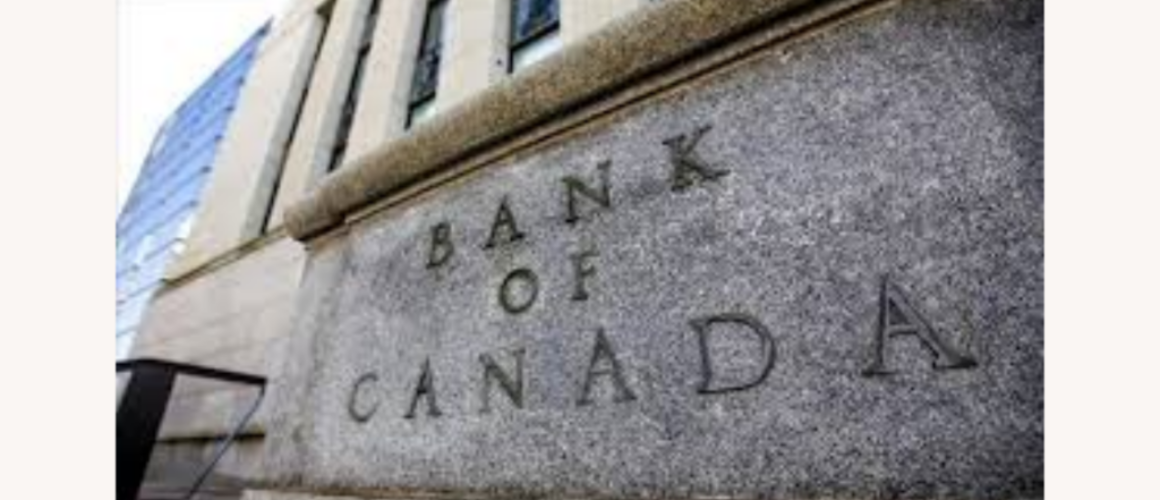Bank of Canada Flags Financial Risks Amid Rising U.S. Tariffs

In its most recent Financial Stability Report, the Bank of Canada (BoC) issued a sobering assessment of Canada’s economic resilience in the face of escalating trade tensions with the United States. As the U.S. government under President Donald Trump expands tariffs on a wide range of goods, the central bank has shifted its risk outlook from domestic issues to external economic shocks.
With key industries such as automotive, agriculture, and technology now under pressure, the BoC is warning that the next financial shock may come from across the border.
The Central Bank’s Message: Growing External Risk
In past years, the Bank of Canada focused on internal financial risks — such as consumer debt and overheated real estate markets. But the 2025 report paints a new picture. The BoC specifically highlights:
- Increased default risks among export-heavy businesses
- Reduced credit availability due to tightening lending standards
- Volatility in insurance and commodity markets
- Strain on provincial fiscal budgets from reduced trade revenue
Ontario and Alberta are expected to feel the brunt of these economic pressures.
Impact on Canadian Households and Banks
The BoC’s projections show that banks could face substantial credit losses over the next 12 months — particularly in manufacturing and logistics loans. Households may also be affected through:
- Job losses in trade-sensitive sectors
- Income instability for small business owners
- Tighter personal loan and mortgage approvals
Policy Options on the Table
Though the BoC cannot change trade policy, it suggests several measures for government and financial institutions:
- Expand trade relationships with Asia-Pacific and EU
- Offer credit support to vulnerable small businesses
- Increase access to Export Development Canada programs
- Accelerate digital export and logistics capabilities
Some experts also propose monetary easing if trade shocks deepen — though inflation remains a complicating factor.
A Turning Point for Canadian Trade Policy?
The BoC’s report reinforces a growing sentiment that Canada must reduce over-dependence on U.S. markets. While the U.S. remains Canada’s largest trading partner, the 2025 tariffs highlight the need to build economic alternatives.
“This isn’t about de-coupling from the U.S. — it’s about ensuring that Canada has alternatives when a partner’s policies become unpredictable.” — Governor Tiff Macklem
Conclusion
The Bank of Canada’s report is more than a technical document — it’s a signal flare. As tariffs rise and supply chains fray, Canada’s financial resilience will depend not only on banking policies but on strategic national shifts in trade, diplomacy, and contingency planning.